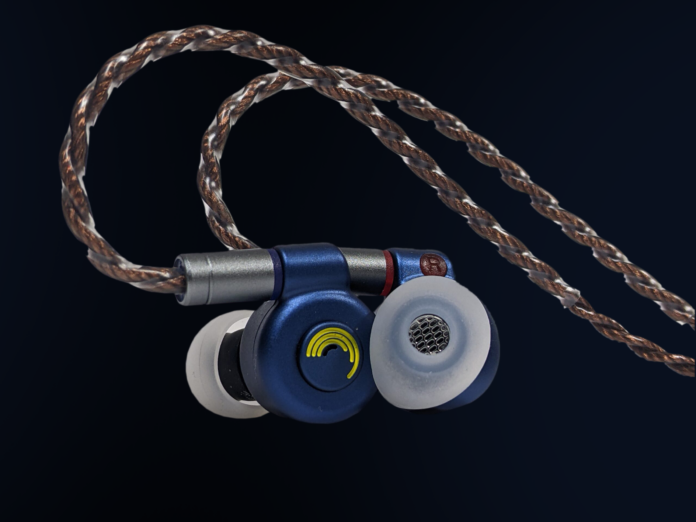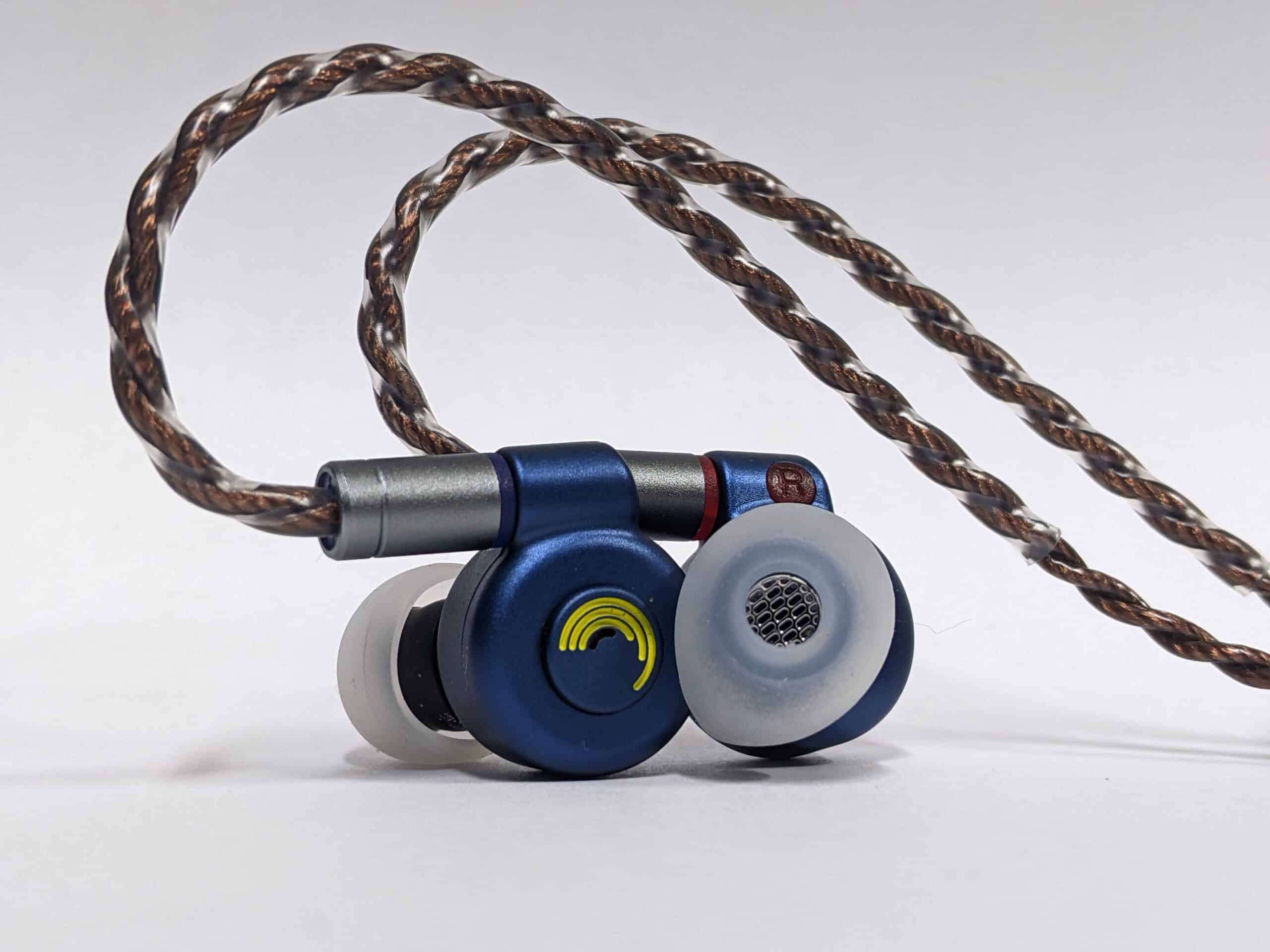Letshuoer D13 Review
Probably like many people reading this, Letshuoer has been on my radar ever since I got to try the Letshuoer S12, a rather impressive planar IEM that holds excellent value at $150. While Letshuoer recently released their flagship Cadenza IEM for $2299, I’ll be taking a deep breath and a step back to review the Letshuoer D13, a $119 IEM offering from the company. Can the Letschuoer D13 offer the same high value at a low price as we saw with the S12? Let’s take a look at what you get with the D13, its physical and technical design, and finally, what it sounds like.
What’s in The Box?
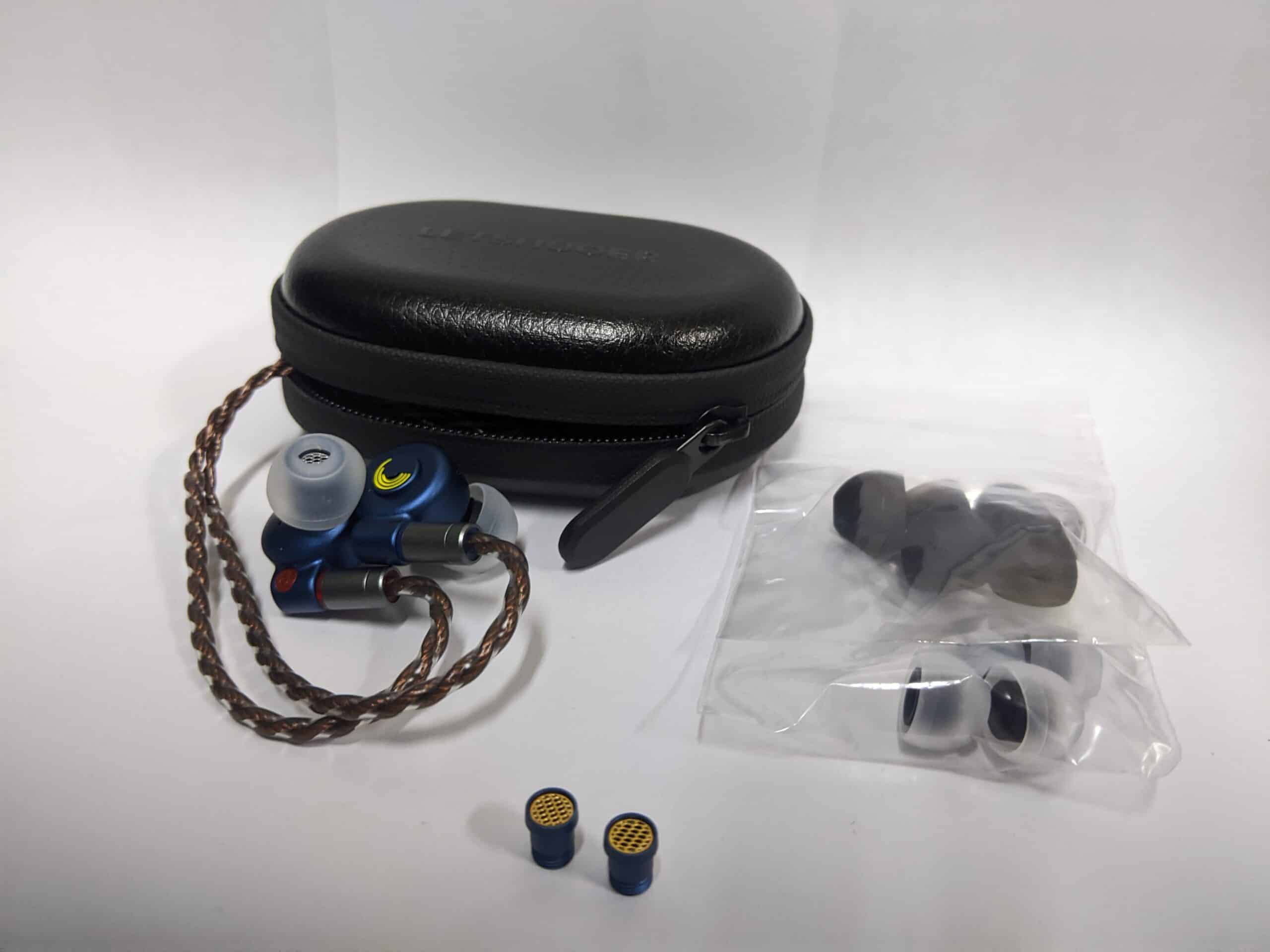
- Letshuoer D13 In-Ear Monitors
- 1.25 meter cable (.78mm 2 pin with 3.5mm/4.4mm options)
- Two types of acoustic nozzles: balanced and bright
- 3 Pairs of Firm Silicone Tips
- 3 Pairs of Soft Silicone Tips
- Semi Firm Case
Look and Feel
First thing first: the D13 is really tiny. Its dimensions could likely be replicated just by stacking a few dimes on top of one another. I found it to be mildly tricky getting it into my ear at the right position due to its small size, but for the same reason, it sat very comfortably and unobtrusively for hours once I got it right. The fit and size bear strong similarities to the Beyerdynamic Xelento, but for a less niche reference, the D13 is vaguely comparable to the fitting and wearing experience of Sennheiser’s IE line of IEMs.
As for build, I have mostly good things to say. Like the S12, The Letshuoer D13’s housing is composed of steely blue aluminum. The cable struck me as particularly high quality for the D13’s $119 price tag: braided, well insulated, and seemingly durable without cumbersome memory. Very nice.
My one issue with the build is, well, less of an issue and more of a concern. The D13 has interchangeable nozzles that can be easily unscrewed, and likewise installed, by hand. While I appreciate how easy this process is, my worry comes from possible wear and tear on the nozzle’s braiding. For example, taking ear tips off of the D13 had to be performed carefully so as to not begin unscrewing or straining the nozzle from the housing. I wouldn’t say it was hard to do, but it requires a degree of mindfulness. Ultimately, I have a lot of respect for a $119 IEM offering two easily interchangeable acoustic nozzle types, and I mention all of this as more of a worthwhile observation than a criticism of the D13.
Technical Design and Specs
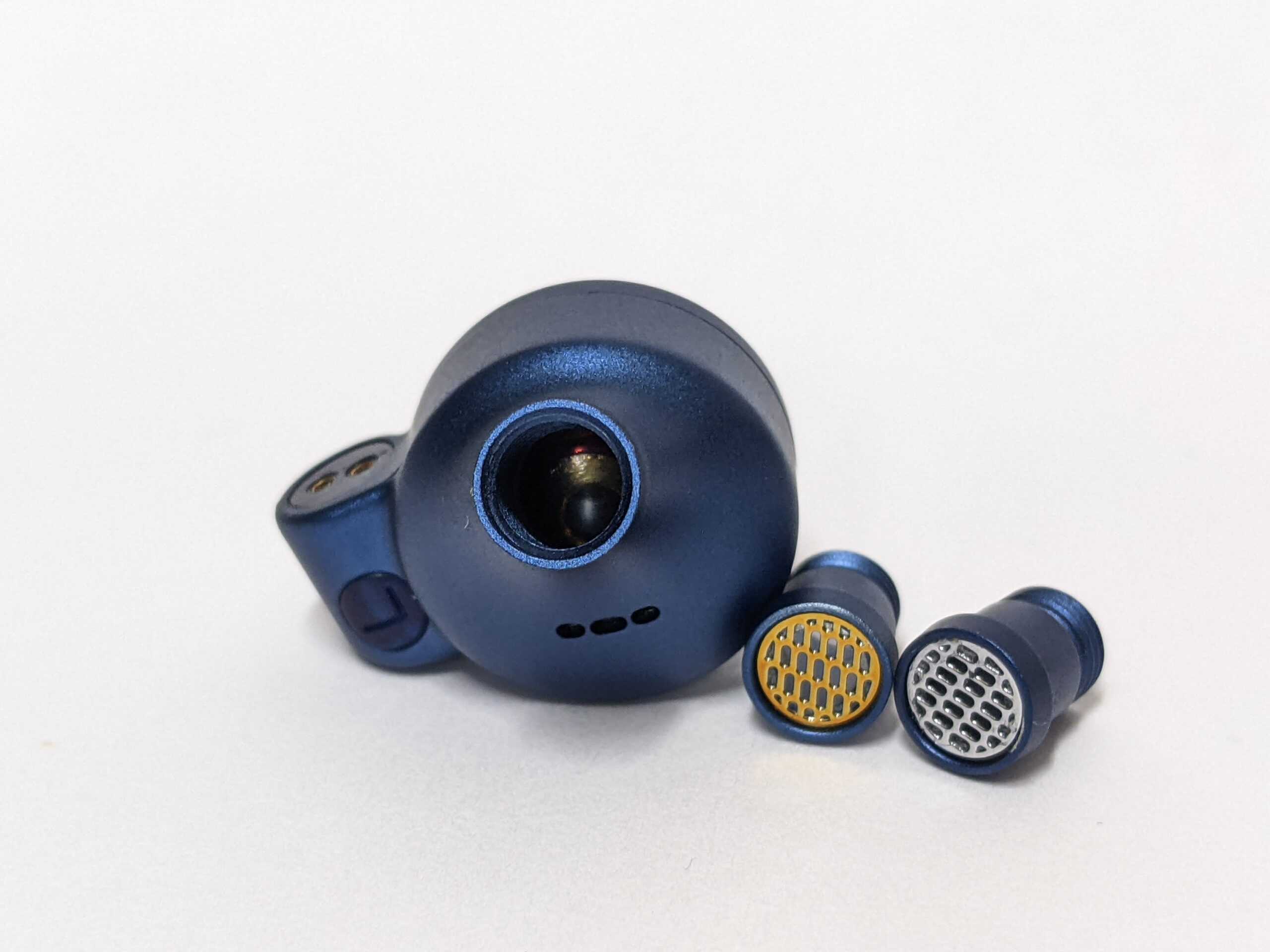
The Letshuoer D13 is driven by a dynamic driver with an N52 neodymium 13mm DLC diaphragm composed of “diamond-like carbon.” As I’ve already mentioned, Letshuoer provides two acoustic nozzle options. The single-sided filter nozzles already installed on the IEMs are characterized as balanced, while the additional double-sided filter nozzles offer a more trebly sound. Installing and uninstalling the nozzles is quick and easy and requires no additional tools.
| Spec | Letshuoer D13 |
| Driver Type | N52 Neodymium 13mm DLC Diaphragm |
| Impedance | 15 ohms |
| Sensitivity | 105 db |
| Frequency Response | 20 Hz – 20 kHz |
Sound Stage
Though parts are mostly kept on a linear left-right stage, well-mixed tracks with exceptional spatial qualities elicit a small sense of depth and height from the Letshuoer D13. The width of the stereo image is sizeable and prominent mono parts like basses and vocals find an impactful center placement behind my forehead. While this kind of stage isn’t what I would qualify as amazing, it does more than what you might expect from an IEM in this price range. It’s pleasant, non-cluttered, and allows for ample spatial separation.
Notes for balance: I used the “balanced” single-sided filter nozzles for this review. Also, I’ll be referencing the frequency response graph provided by Letschuoer, pictured below.
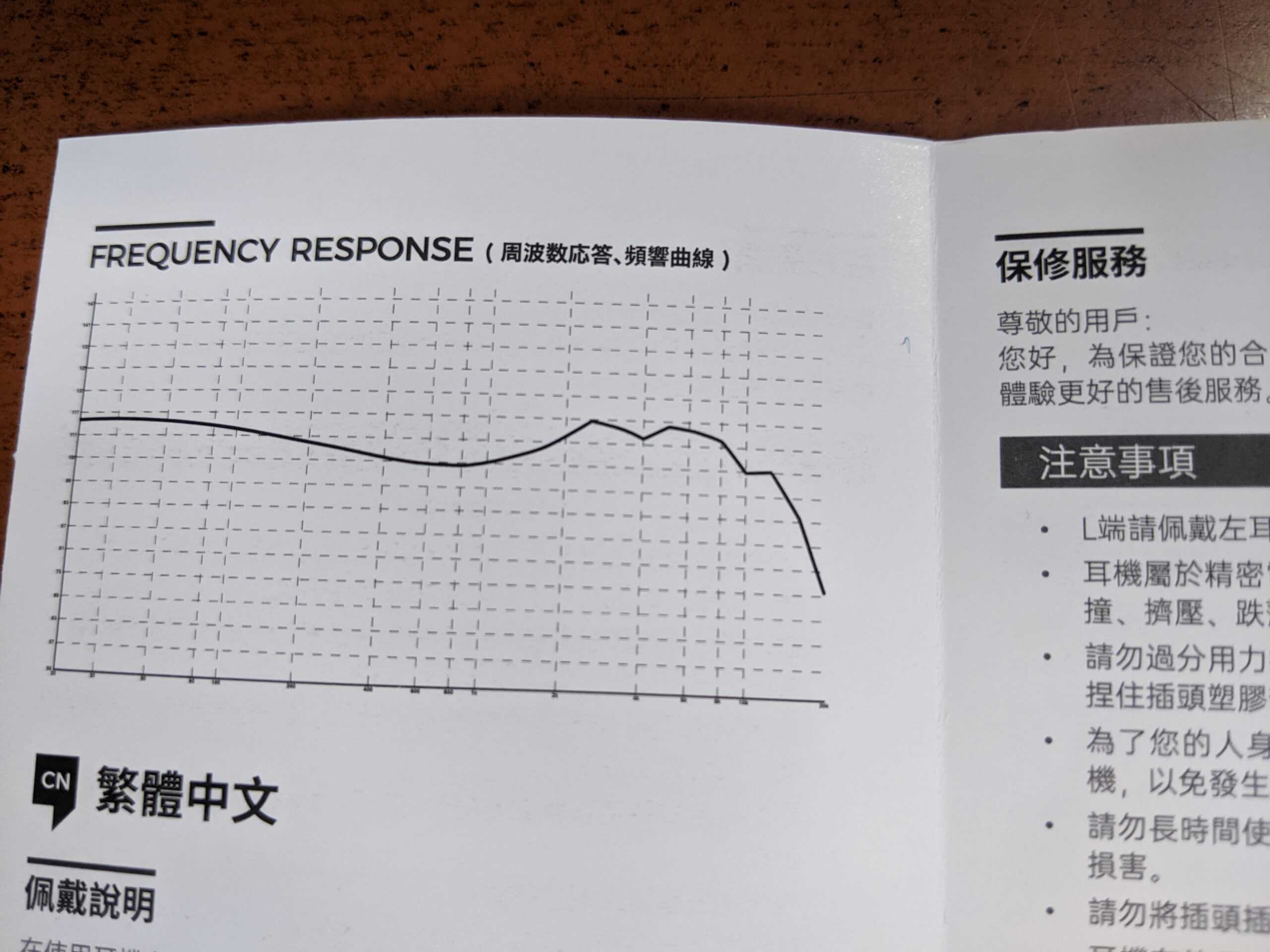
Lows and Low Mids
Letshuoer D13’s low end can summarily be described as smooth, powerful, and warm (arguably in that order). As we can see from the frequency response graph, roll-off begins in the subs shortly after 50 kHz and steepens in the mid-bass after 100 Hz. The amplitude offered in the low bass gives the D13 a heavy, rumbling depth that does justice to kick drums and basses in pop and electronic genres – it’s not particularly detailed and rich with low-end timbre, but it’s also not sloppy. For $119, that’s fine with me, and I got a lot of satisfaction from this part of the tuning.
High bass, and by extension low mids, find lighter but noticeable emphasis as their amplitudes exceed the center mids. I found this quality was primarily expressed on guitars and pianos in the form of emphasized low fundamentals, and on kick drums in the form of prolonged decays.
While I’m generally iffy on “warm” balances with noticeable high bass and low mid coloration, I was pretty happy with the D13’s approach here as this didn’t seem to detract from its separation and clarity. Taking another look at the frequency response graph might help explain why this is. Subs and mid-bass are at similarly boosted amplitudes as the treble region, and while high bass and low mids may be more amplified than center mids (the most attenuated part of the Letshuoer D13’s tuning), they’re nonetheless more reserved than the D13’s low and mid treble and even its high mids. Ultimately, they find a nice symmetry with the high mids and work to create the illusion of center-mid presence in the wake of the D13’s distinctly V-shaped balance.
High Mids and Highs
The D13 saves itself from a dark character by providing ample lift in its high mids and low/mid-treble. Taking another look at the frequency response graph, we see amplification in the higher frequencies that closely resembles a Harman ear gain curve, though with a few exceptions. A light boost at around 3 kHz seems compensated with a small cut around 4 kHz. To my ears, this likely contributes to the fully present-yet-painless treble profile present in the Letshuoer D13. 4 kHz, specifically, is an area of pain for human hearing. Trading amplitude at 4 kHz for a boost at 3 kHz is a smart way to keep a high-end pleasant and painless while maintaining a bright sense of realism. Further padding the high end is a modest high treble that finds a fairly steep roll-off past 12 kHz. Guitars, vocals, and cymbals come through crisply with their harmonic characters fully intact, while pointy hi-hats land with a satisfying sharpness against the throbbing power in the sub and mid-bass. While reverbs find a pleasant enough natural expression and avoid painfully congesting in the mid treble, the D13 falls just a little short in squeezing out their tippy-top, granular details.
Other notes
- It’s evident that the Letshuoer D13 possesses a V-shaped tuning with its recessed center mids, but it’s well done and didn’t really create casualties in the balance. Like I mentioned earlier on, low and high mids do a pretty good job creating the illusion of a center presence.
- Letshuoer played it tastefully with the included double sided filter nozzles. With them, the D13 finds just the right level of added brightness, walking a perfect line of being subtle but noticeable. I liked both nozzle sounds and don’t have an outright preference. I would encourage listeners to try both, especially considering how easy it was to switch between them.
Overall
To answer my question from the beginning of the review, the Letshuoer D13 definitely carries the same high-value appeal found in the company’s S12 IEM. While their higher-end IEMs like the Cadenza are plenty impressive, I have a lot of respect for Letshuoer’s less expensive offerings that keep the market on its toes by offering genuinely great quality at affordable prices. Letshuoer’s D13 is a steal and offers itself as a prime option for budget audiophiles.
The Letshuoer D13 is available here from Audio46.
MAJORHIFI may receive commissions from retail offers.


